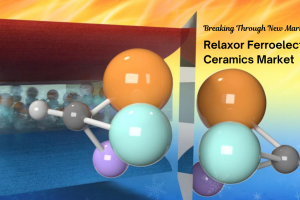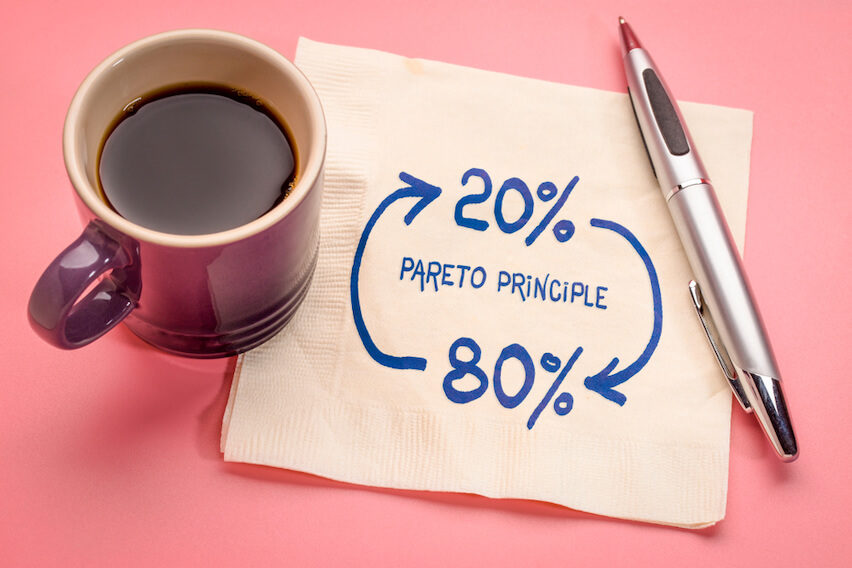What is Pareto Principle?
The Pareto principle is also referred to as the 80/20 rule. It asserts that in any given scenario, 80% of the outcomes are the result of 20% of the causes. The principal was named after Vilfredo Pareto, an Italian professional economist who observed that 20% of the population was responsible for 80% of the nation’s income.
The Pareto principle has been used in a variety of industries, including manufacturing, hospitality, health, software development, and marketing, to demonstrate that small things can have a large impact. This has enabled organisations to refocus their efforts on activities that are truly important to their customers and bottom line.
How to Apply the Pareto Principle (80/20 Rule)
Let’s look at some real-world examples of how the Pareto principle can be applied.
As an example, suppose a marketing team discovers that 20% of the things they post on Facebook account for 80% of their engagement. This is useful information for the team because it allows them to analyse the top performers and extract insights.
Based on these findings, the marketing team can tailor future posts to match the tone, style, format, and other common characteristics of the top 20% of posts. For the remaining 80%, the team can edit and repurpose these posts to match the characteristics of the 20% that received the most engagement.
The Pareto principle can be seen in app development as well. A project manager can see that 20% of app development processes account for 80% of the app’s features. The manager can then investigate these processes to determine why they work so well and develop guidelines and SOPs. These can be used to expedite future software development projects.
In the preceding example, it is possible that the remaining 80% of app development processes are making app development unnecessarily complex. As a result, they must be streamlined or eliminated. It’s also possible that these processes have issues that need to be identified and resolved. DMAIC is a good Six Sigma methodology that the manager can use to help with this.
In the manufacturing industry, an organisation may discover that 20% of its products account for 80% of its revenue. This can provide them with a clear indication of which products to concentrate on. As a result, they can direct more resources toward the 20 percent – rather than the 80 percent – in order to increase revenue.
The Pareto Principle’s Limitations
The key to applying the Pareto principle is to avoid applying it in situations where it is inappropriate. It is merely an observation, not a rule. Just because you noticed it in the majority of places doesn’t mean it will be seen everywhere. In some cases, 75 percent of the causes may produce 25 percent of the results.
However, the logic remains: concentrate on what is important.
Conclusion
The Pareto principle assists organisations in making better decisions. It causes a shift in focus, allowing management to zero in on what works to improve results. While it does not apply in every situation because it is not a law, when it does, resources can be allocated in a smart way to improve the customer experience and earn the organisation more revenue.











